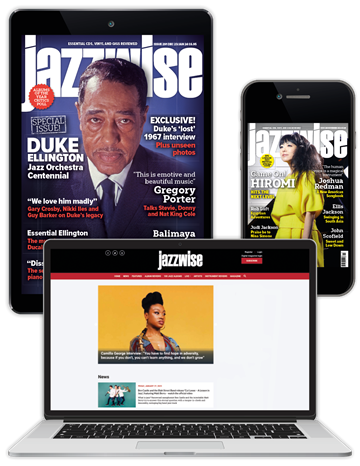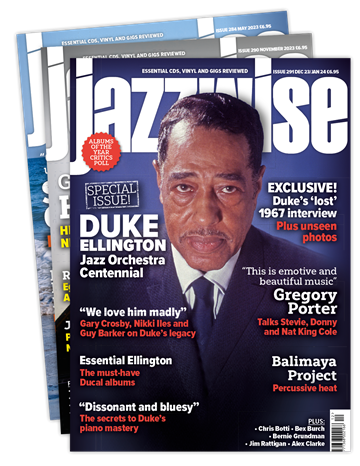John Coltrane: Trane Meets The Tenors 1956-57
Author: Stuart Nicholson
View record and artist detailsRecord and Artist Details
The Master
Musicians: |
Jimmy Cobb (d) |
Label: |
Essential Jazz Classics |
Magazine Review Date: |
Feb/2019 |
Catalogue Number: |
EJC55737 |
RecordDate: |
July 1958 |
Musicians: |
Al Cohn (ts) |
Label: |
Acrobat |
Magazine Review Date: |
Feb/2019 |
Catalogue Number: |
ACQCD7128 |
RecordDate: |
1956-1957 |
At his peak John Coltrane shared the bandstand with just two saxophonists, Eric Dolphy and Pharaoh Sanders. But when he was coming up, as a sideman, with Miles Davis and Thelonious Monk, it’s often overlooked that he played numerous sessions for the Prestige label with a whole host of tenor saxophonists, documented in this historically fascinating set. At this point in his career Coltrane was addicted to hard drugs, and Mal Waldron, who appears on some of these tracks and often acted as ipso facto M.D. for Prestige, told me in 1994 that: “The deal was, if you wanted to make records you had to use drugs, because no musician would want to make a record date with you if you were not using drugs, because the routine was you got the record date, you get the drugs, we use the drugs and we make the record.” And the main facilitator for drug use in the recording business at this time, according to Waldron, was Prestige, who even paid musicians in drugs, including himself. One reason, perhaps, for Coltrane’s close association with the label Though the recordings on this 4CD set span a mere 16 months, we have Coltrane sharing the solo microphone with Al Cohn, Zoot Sims, Johnny Griffin, Coleman Hawkins, Bobby Jaspar, Hank Mobley, Paul Quinichette, Sonny Rollins and Frank Wess, all fine and able soloists in their own right with quite distinctive styles. Playing alongside such a diversity of tenor talent would almost certainly have helped the musically curious Coltrane to develop and expand his own style. That he was still in the formative years of developing his music (which would be announced to the world with Giant Steps in 1959) is evidenced by his next career move, to Thelonious Monk in 1957, when two-thirds of these tracks were made. His period with Monk is generally regarded as his ‘finishing school’, and there is surely greater definition to his playing on The Master, dating from July 1958 and also from his prolific Prestige period. By now Coltrane was back with Davis, using his then current rhythm section of Garland, Chambers and Cobb. With Wilbur Harden in Davis’ stead, the session does not have the kind of coiled-spring intensity that Davis-led groups seemed to generate, the inscrutable trumpeter able to generate a certain creative tension that everybody responded to. The original album was four tracks, each a different mood over which Coltrane demonstrates his mastery, while this edition also includes four bonus tracks recorded at the same session.

Jazzwise Full Club
- Latest print and digital issues
- Digital archive since 1997
- Download tracks from bonus compilation albums throughout the year
- Reviews Database access
From £9.08 / month
Subscribe
Jazzwise Digital Club
- Latest digital issues
- Digital archive since 1997
- Download tracks from bonus compilation albums during the year
- Reviews Database access


